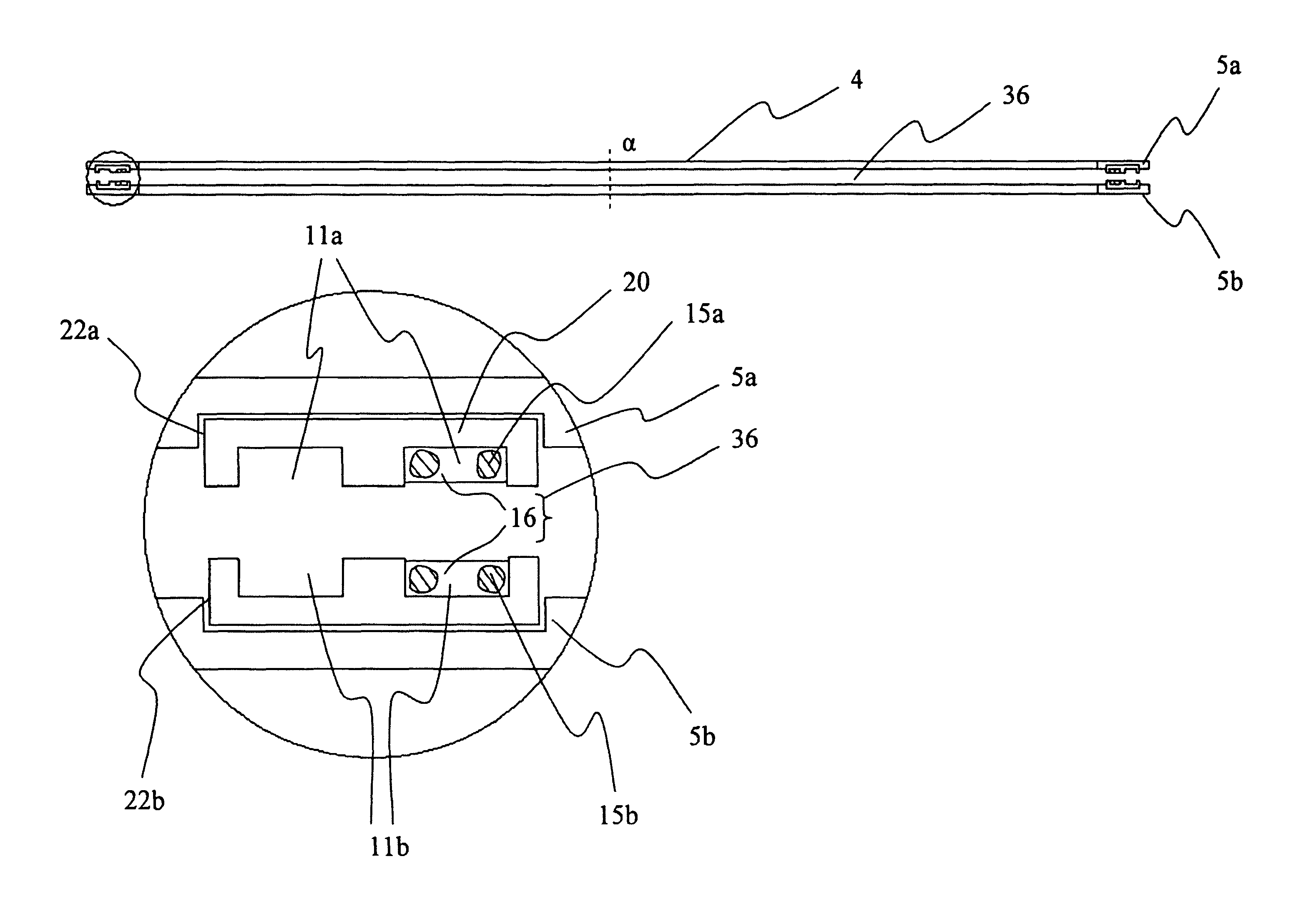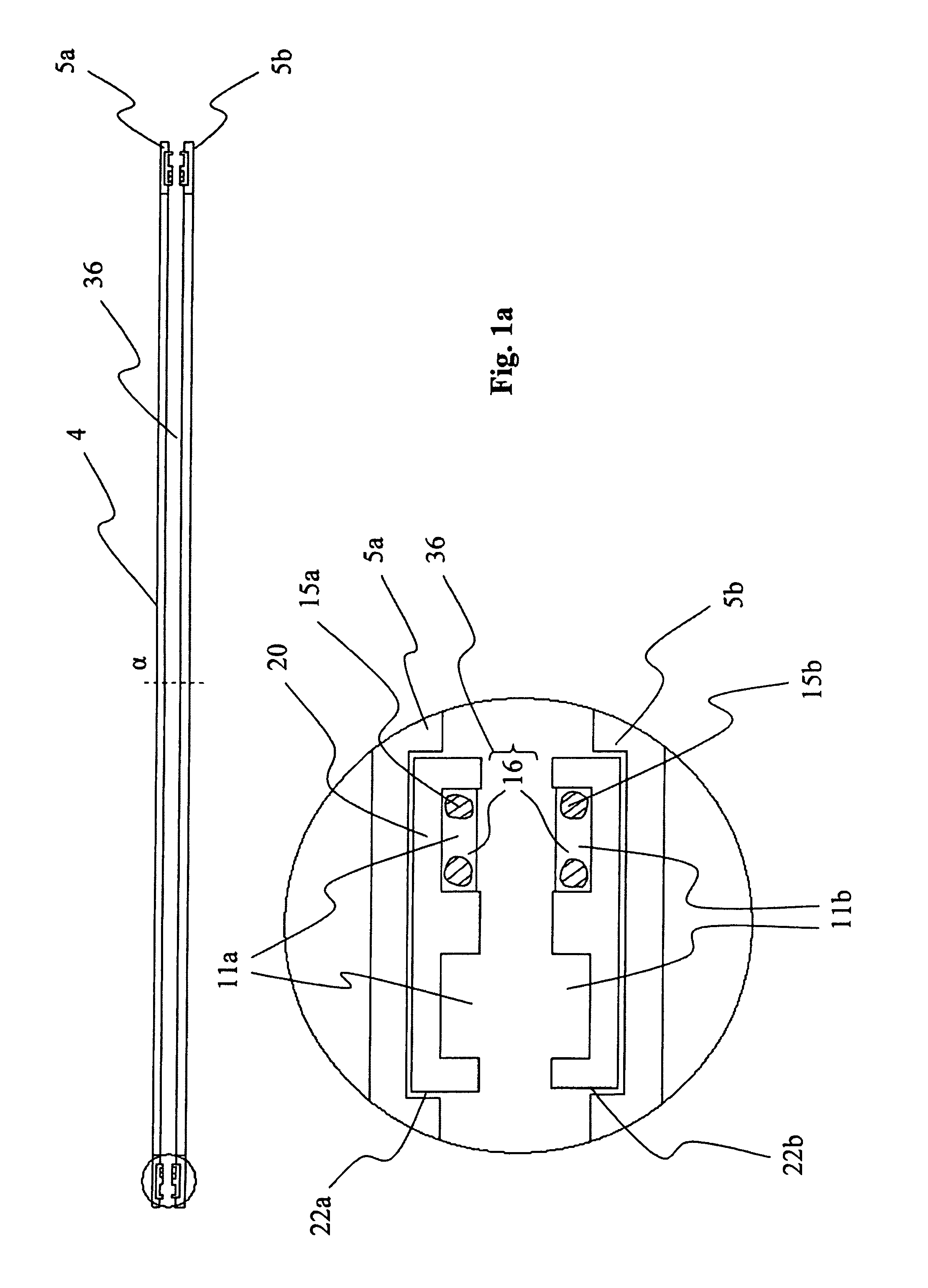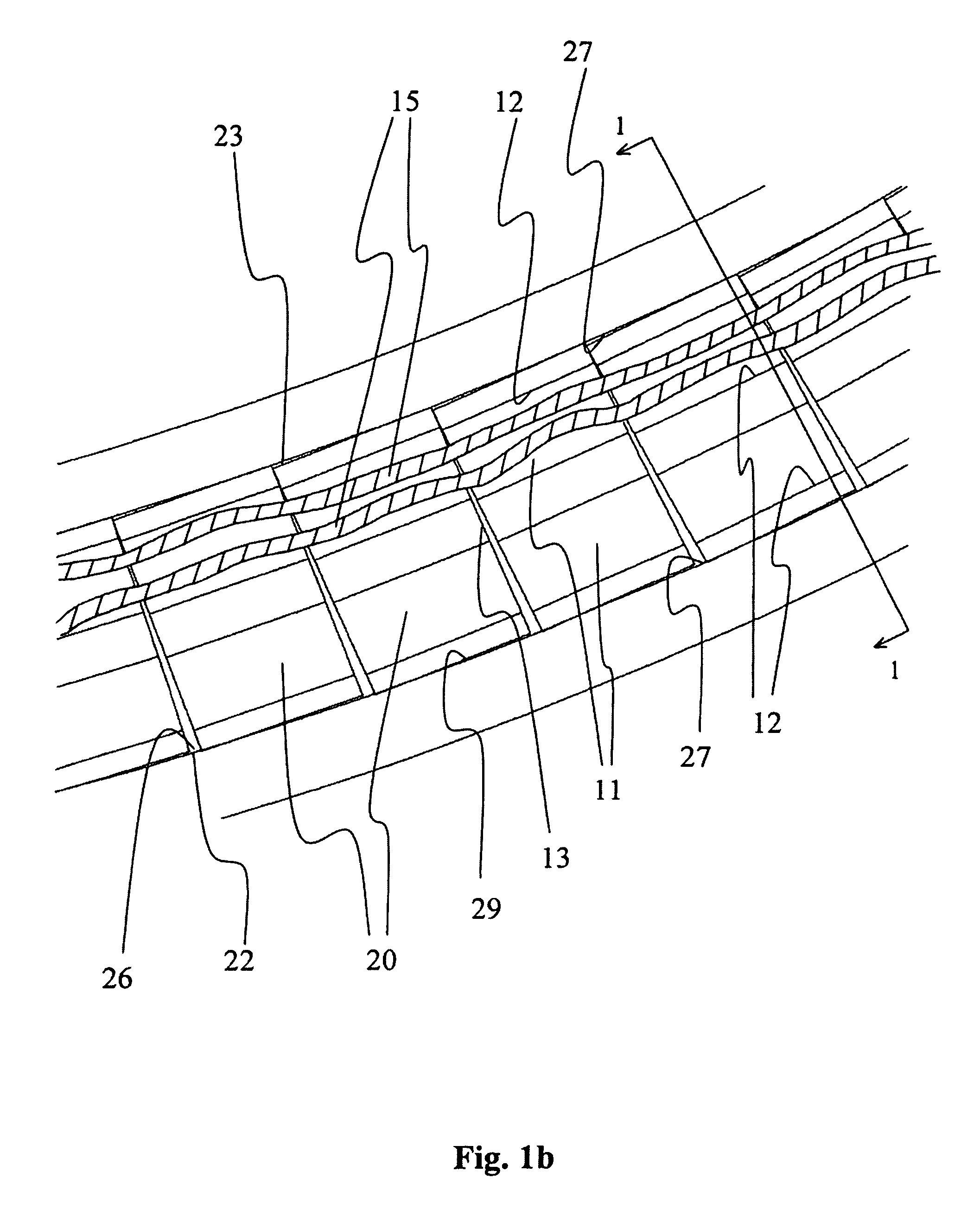Wire winding device for a high power level transformer
a transformer and high-power technology, applied in transformers/inductances, magnets, magnetic bodies, etc., can solve the problems of reduced reliability, special challenges of the paradigm, and the bulky rotor of the rotor, so as to facilitate heat dissipation, increase the magnetic coupling between the stator and the rotor, and improve the effect of heat conduction efficiency
- Summary
- Abstract
- Description
- Claims
- Application Information
AI Technical Summary
Benefits of technology
Problems solved by technology
Method used
Image
Examples
Embodiment Construction
[0026]The present invention provides a device and a method to be used in winding rotary transformers employed in conjunction with high power (more than 1,000 kW) electric generation and transmission, including applications involving the use of stationary or rotary transformers where power must be transferred to or from a stationary or a mobile platform (e.g. high-power transformers, motors, generators, turbines, CAT-scan devices, etc. . . . ) Typically, such transformers operate at frequencies in the 500 kHz range and utilize Litz wire. The invented device comprises a wire-holder for single strands of wire that holds such wires taut, at a constant separation but in close proximity to each other so as to facilitate the winding of wire in a “pancake-type” rotary transformer. One embodiment of the invented wire-holder comprises a generally flat ingot made from magnetic material. The ingot defines a plurality of grooves or trough, with each trough dimensioned to snugly receive a single ...
PUM
| Property | Measurement | Unit |
|---|---|---|
| power | aaaaa | aaaaa |
| frequencies | aaaaa | aaaaa |
| temperatures | aaaaa | aaaaa |
Abstract
Description
Claims
Application Information
 Login to View More
Login to View More - R&D
- Intellectual Property
- Life Sciences
- Materials
- Tech Scout
- Unparalleled Data Quality
- Higher Quality Content
- 60% Fewer Hallucinations
Browse by: Latest US Patents, China's latest patents, Technical Efficacy Thesaurus, Application Domain, Technology Topic, Popular Technical Reports.
© 2025 PatSnap. All rights reserved.Legal|Privacy policy|Modern Slavery Act Transparency Statement|Sitemap|About US| Contact US: help@patsnap.com



